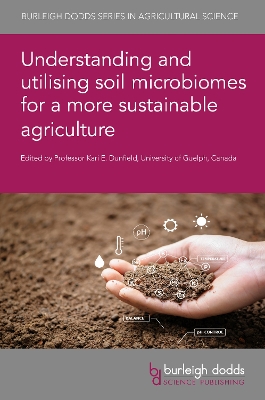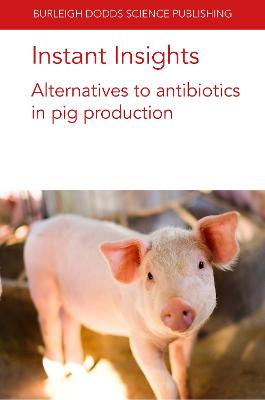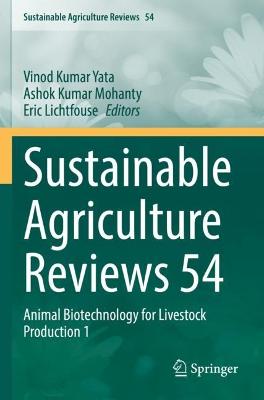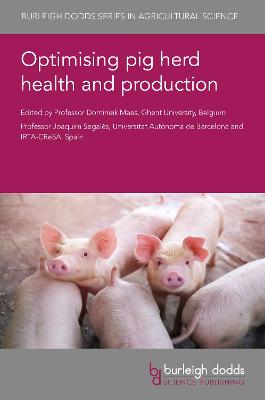Instant Insights: Viral Diseases Affecting Pigs
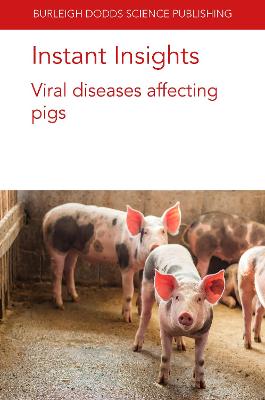 portes grátis
portes grátis
Instant Insights: Viral Diseases Affecting Pigs
Ramirez, Prof Alejandro; Rowland, Professor Raymond (Bob); Segales, Prof Joaquim; Correia-Gomes, Dr Carla
Burleigh Dodds Science Publishing Limited
11/2022
92
Mole
Inglês
9781801464161
15 a 20 dias
Chapter 2 - Advances in understanding mechanisms of porcine viral disease transmission/epidemiology: Joaquim Segales, Autonomous University of Barcelona, Spain; 1 Introduction2 Phenotypic characteristics of swine viruses3 Methods to identify and classify swine viruses4 Pathogenesis of swine viruses5 Transmission of swine viruses6 Clinical signs and lesions of swine viral infections7 Diagnosis of swine viral infections8 Prevention and control of swine viral infections9 Conclusions10 References
Chapter 3 - Understanding mechanisms of resistance to respiratory disease in pigs: Raymond Rowland, Kansas State University, USA; 1 Introduction2 PRRS and respiratory disease complex (PRDC)3 The lung macrophage as the target for PRRSV infection4 CD163: a functional marker for anti-inflammatory M2 macrophages and a receptor for PRRSV5 The PRRS Host Genetics Consortium (PHGC) and the search for host genes affecting the response to PRRSV infection6 The WUR marker and its association with guanylate binding protein 5 (GBP5)7 The interplay between PRRSV, M1 and M2 macrophages, CD163 and GBP5 in the onset and recovery from acute respiratory disease8 PRRSV resistance through modification of CD1639 Genetic association between the pig genome and PCV2 and swIAV10 Summary and future trends11 Where to look for further information12 References
Chapter 4 - Changing patterns of disease affecting pigs: Porcine Reproductive and Respiratory Syndrome (PRRS) and Porcine Epidemic Diarrhoea (PED): Carla Correia-Gomes, Scotland's Rural College, UK; 1 Introduction2 Porcine Reproductive and Respiratory Syndrome (PRRS)3 PRRS virus in the United Kingdom4 Porcine Epidemic Diarrhoea (PED)5 Epidemiological presentation of PED6 Conclusion7 Where to look for further information8 Acknowledgements9 References
Chapter 2 - Advances in understanding mechanisms of porcine viral disease transmission/epidemiology: Joaquim Segales, Autonomous University of Barcelona, Spain; 1 Introduction2 Phenotypic characteristics of swine viruses3 Methods to identify and classify swine viruses4 Pathogenesis of swine viruses5 Transmission of swine viruses6 Clinical signs and lesions of swine viral infections7 Diagnosis of swine viral infections8 Prevention and control of swine viral infections9 Conclusions10 References
Chapter 3 - Understanding mechanisms of resistance to respiratory disease in pigs: Raymond Rowland, Kansas State University, USA; 1 Introduction2 PRRS and respiratory disease complex (PRDC)3 The lung macrophage as the target for PRRSV infection4 CD163: a functional marker for anti-inflammatory M2 macrophages and a receptor for PRRSV5 The PRRS Host Genetics Consortium (PHGC) and the search for host genes affecting the response to PRRSV infection6 The WUR marker and its association with guanylate binding protein 5 (GBP5)7 The interplay between PRRSV, M1 and M2 macrophages, CD163 and GBP5 in the onset and recovery from acute respiratory disease8 PRRSV resistance through modification of CD1639 Genetic association between the pig genome and PCV2 and swIAV10 Summary and future trends11 Where to look for further information12 References
Chapter 4 - Changing patterns of disease affecting pigs: Porcine Reproductive and Respiratory Syndrome (PRRS) and Porcine Epidemic Diarrhoea (PED): Carla Correia-Gomes, Scotland's Rural College, UK; 1 Introduction2 Porcine Reproductive and Respiratory Syndrome (PRRS)3 PRRS virus in the United Kingdom4 Porcine Epidemic Diarrhoea (PED)5 Epidemiological presentation of PED6 Conclusion7 Where to look for further information8 Acknowledgements9 References



